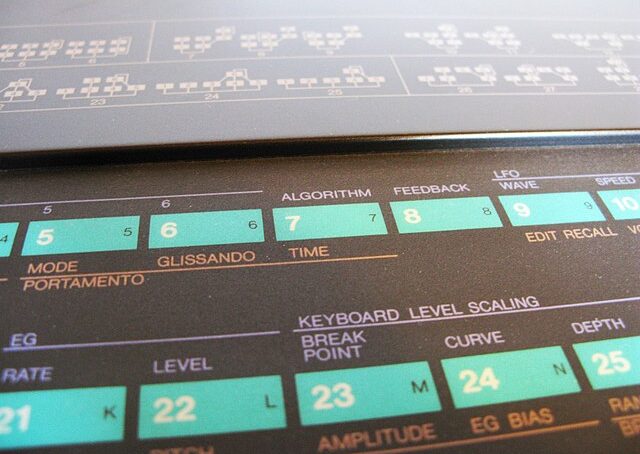To say that the DX7’s arrival was earth-shaking would be no exaggeration: the affordable price, sound palette, and physical feel of the instrument combined to make the DX7 the new must-have instrument in every studio, garage, and university music department in the U.S. and the U.K.
Category: timbre
My SMT 2018 Activities
A study in timbre narratives and instrumentation in 1980s pop / The Dynamics of the Job Interview / Pop Music Interest Group meeting: small-group breakout sessions / Webmasterly duties
What Makes It Sound Like Christmas?
In so many cases, when we’re wondering “what makes it sound ____?” where ____ is Christmas, or metal, or Irish, or whatever, the answer lies not so much in the harmonies, but the timbres. Timbre is probably the most immediate aspect of our musical experience. Why shortchange it in our analyses?
Lerdahl’s Timbral Hierarchies
A very belated review of an article from 1987. Are timbre hierarchies possible?
Beat of a Different Drummer?
The majority of spectrogram analysis methods are overly focused on overtones and partials.
’80s-inspired music
How do we make something sound ’80s? When today’s millennials—who were only infants or children in the ’80s—recreate an ’80s sound, how does it compare to an authentically ’80s sound? What elements of the ’70s or the ’90s get misremembered as an ’80s phenomenon? All these questions are discussed in the the latest Pop Unmuted episode.
Reading about embodiment (Heidemann on timbre)
If you’ve never studied voice seriously, it’s very difficult to describe how to do impressions of various singers. Kate Heidemann’s recent article solves this problem (and others), and is a completely wonderful way to approach the discussion of vocal timbre.
A theory of attacks?
The critique of binaries as being over-generalizing is leveled at me a lot. But McAdams 1999 shows that perhaps this isn’t actually a damaging oversimplification.
“Any accurate analysis of rock music must therefore ultimately account for its timbre and studio production at least as much as on the traditionally analyzed parameters of tonality, harmony, and meter; in other words, how the song sounds is as important—if not more so—than what is sounding.”
Kevin Holm-Hudson, “The Future Is Now … and Then: Sonic Historiography in Post-1960s Rock”
Trying out a new post format today—posting a quote from a recent reading and reflecting on it a teensy weensy bit.
Holm-Hudson’s idea of sonic historiography, tracing the history of rock music through the sound of that music, is integral to my approach and my (still under construction) thesis statement for my dissertation. Part of what I want to do is define the “’80s sound” through its technology, analyze the timbres of those technologies, and finally raise issues of aesthetics and reception and how they relate to those timbres/technologies.
Analyzing timbre
I’ve removed this post, which was from 2016 (!), because my approach to timbre has evolved a lot. Readers should check out my MTO article instead, which was published in 2020. You can find more publications (all of which was published later than this blog post) on my Research page.








